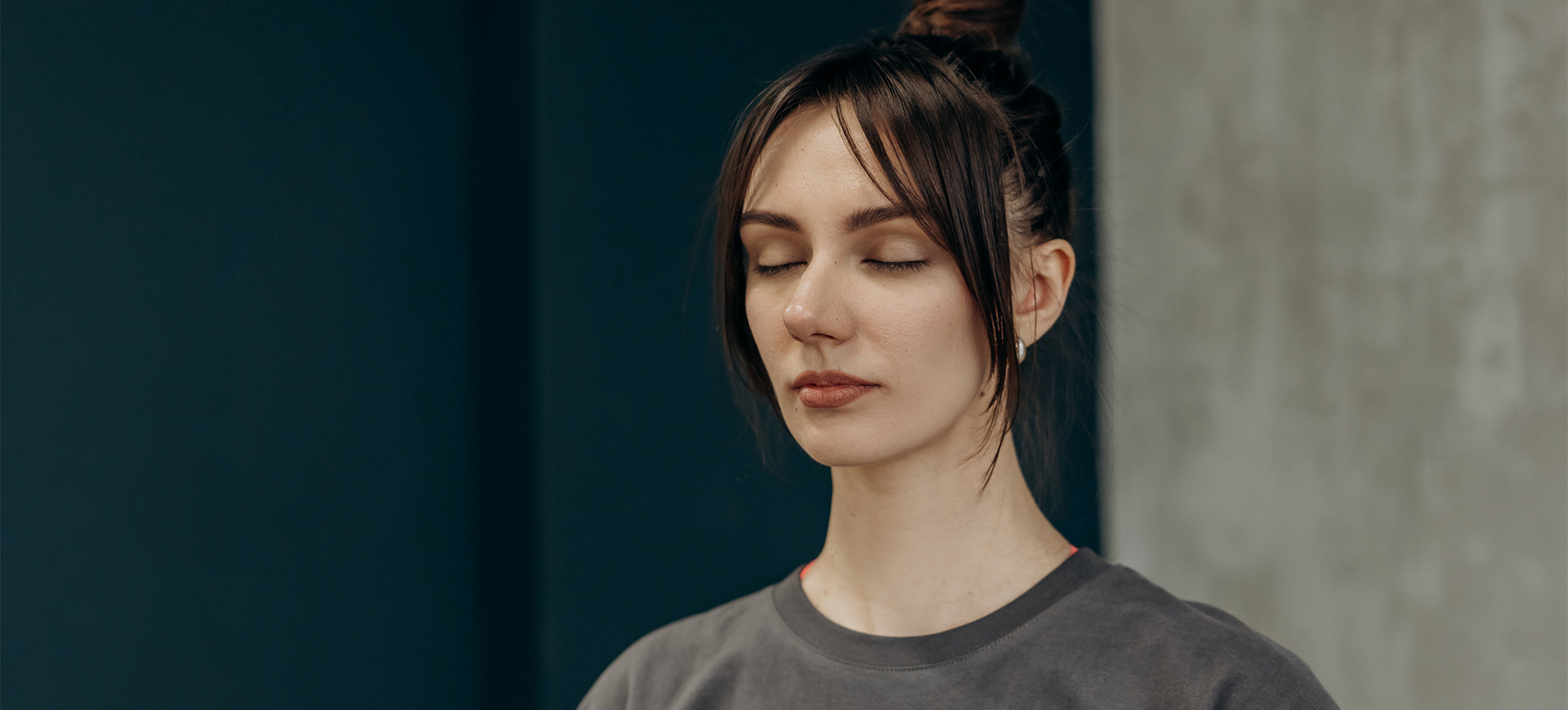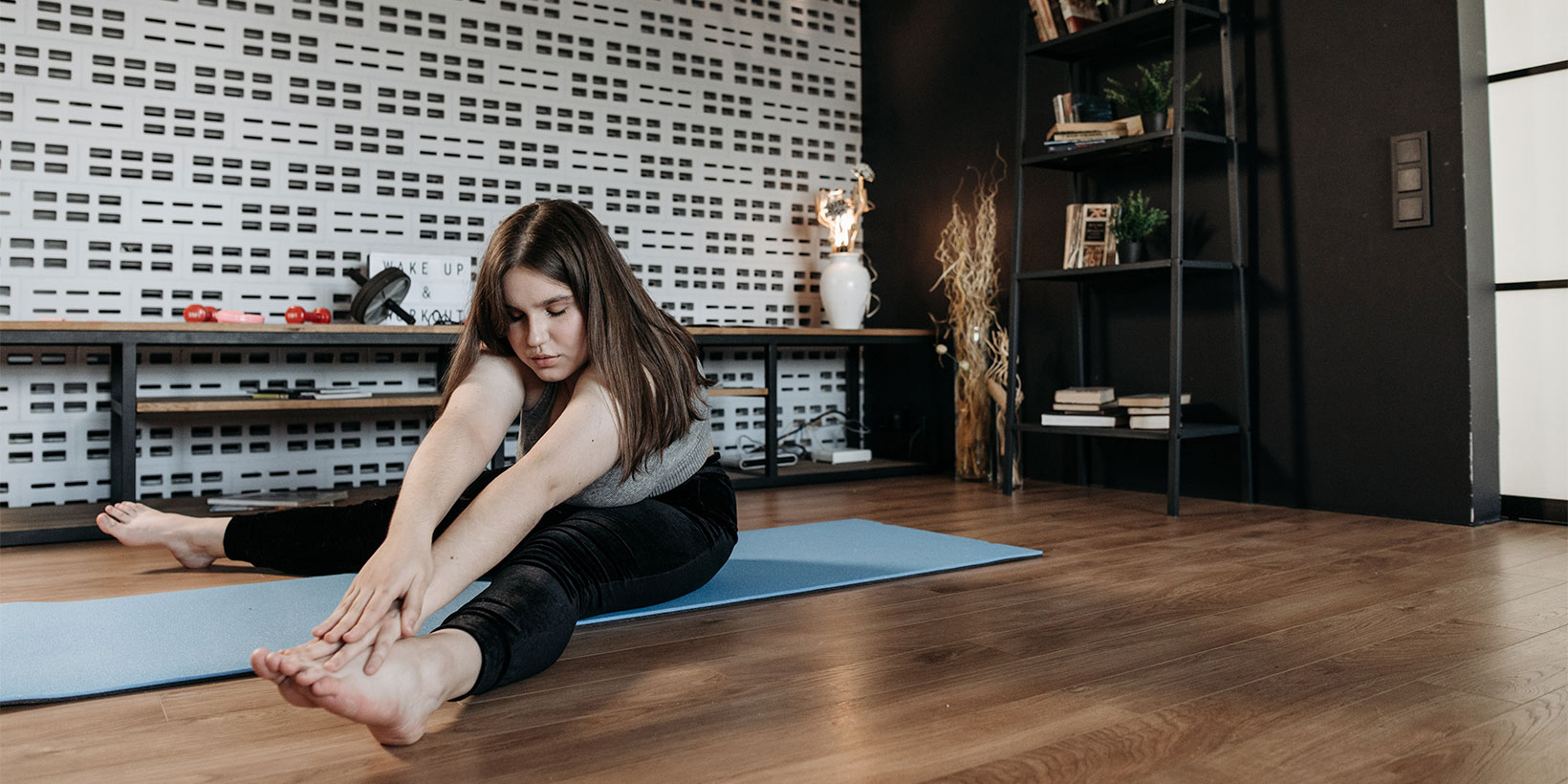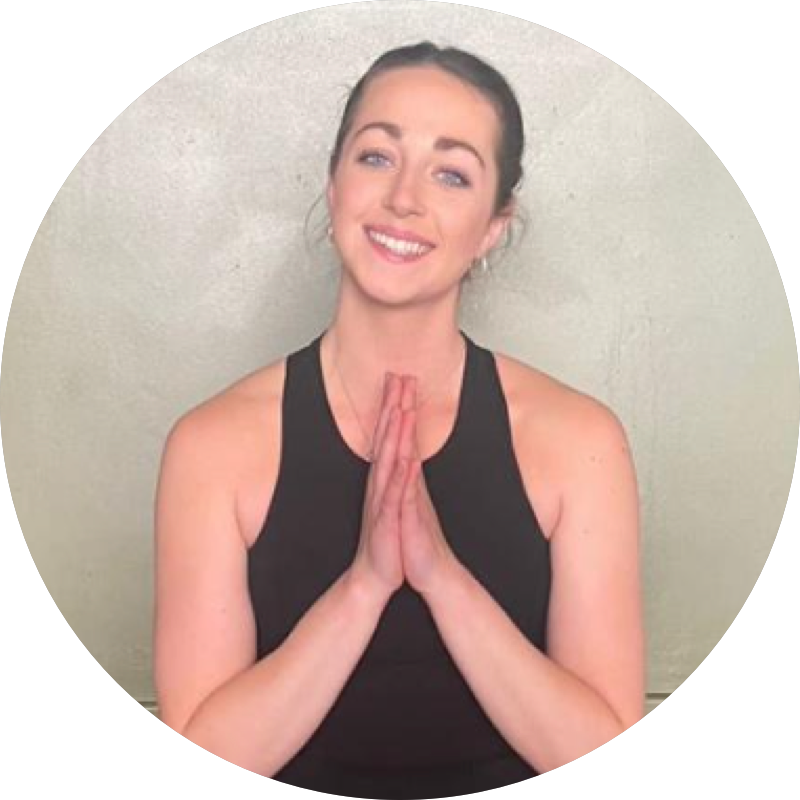
How to Teach a Vinyasa Flow Yoga Class to All Levels
Vinyasa yoga began 100s of years ago, with its origins created through Patanjali's Ashtanga yoga series. Yet, it is more commonly known in the West as a modern yoga class that allows the yoga teacher to create and adapt whatever flow their heart’s desire. Offering yoga classes for all levels is great for giving an inclusive and flexible yoga class or studio schedule. All sounds great until four advanced yogis and two yoga teachers come in, followed by five absolute beginners! You may have to let go of that class you just spent time planning and use these tips to find that balance of challenge without overwhelming for each student and to offer a class that everyone can enjoy.
Options, options, options
The most important tip to take on board is to give options for each posture. Start by guiding your students into the posture at its most accessible form and then provide options for those looking to deepen the asana in any way. For example, when guiding students into extended side angle pose, start by getting all students to rest the elbow on top of the knee, and then give the option to take the lower hand onto a block, the mat, or even take a bind with the arms. Another variation is in trikonasana (triangle), you can guide your students to use a block for the lower hand and even keep a micro bend in the knees, followed by options for the advanced yoga to take peace fingers around the big toe or placing the palm flat to the mat.
Most beginner yogis won’t even know what vinyasa means, so always break it down in every class. For that first vinyasa, get the whole class to move through slowly. This also ensures everyone is slowly warming up the body and in correct alignment. For the first vinyasa, encourage students to drop their knees to the mat for chaturanga and take a baby cobra to warm up the spine. This modified vinyasa becomes the foundation for the entire class, and with each round, you can encourage options to move through chaturanga, or up-dog whilst giving demonstrations and making sure everyone has a variation that suits them.
For an all levels class, you can introduce terminology but keep that breakdown of movements included. You can begin to say, “now we’ll move through our vinyasa finding plank, dropping the knees or keeping them lifted, lowering the body, chaturanga”, etc. This helps to cater to the advanced yogi who will understand the terminology whilst introducing the beginner yogi to the names of asanas whilst still demonstrating or giving verbal cues to the postures.
Using these tips ensures your students will feel the class is tailored for them as individuals, and therefore, with that safe space you created, they’ll only be wanting more and more yoga!
Props
Props are a yogis best friend and the perfect solution for a yoga teacher to cater to an all levels yoga class. Encourage students to grab blocks, straps, and bolsters at the class’s start. Therefore, all students will feel they can use props whenever they need them as they are right beside their mats. This will help you too, as you assist students with different postures the props are there for you to offer to the students who may need some encouragement to use them.
Get off your mat
Once you have demonstrated, the posture make sure to get off your mat to see how your students are doing. This is a great way to ensure the beginner yogi is in safe alignment, along with offering adjustments to the advanced yogi. It’s also a great opportunity to offer the advanced yogi another variation for a challenge without the beginner yogi feeling they need to do anything other than the posture you guided them into. You can also hold whichever variation of the posture your student is doing directly in front of them so they can see clearly points of alignment without straining their necks to look at the front of the studio.
Clear instructions
Our voice is our most powerful tool as a yoga teacher, yet also a sticky point for many. Finding that sweet balance of not putting on a yoga voice yet maintaining clear and soft instructions. In an all levels vinyasa class, use your voice to direct each body part into the posture step by step and end the instructions with the posture name. For example, downward facing dog to warrior 1, “draw the right knee into the chest, planting the foot at the top of the mat in between the hands or option to use the hands to guide the foot forwards. Rotate the back foot to plant on the mat at 45 degrees, then stacking the right knee over the ankle, we rise up with the body and the arms, shoulders down the back, biceps to the ears, and palms facing in towards each other. Warrior 1.” Although you may feel this is tedious for the advanced yogi, it’s great for students to come back to the details of a posture to ensure the alignment is correct. It’s easy to become complacent and move quickly through yoga postures losing alignment. Using positive phrases is also necessary for an all levels yoga class as you offer the variations. For example, you can say, “Staying here or option to….” Or “ If you would like to…”, these positive phrases allow your yoga class to feel like a safe space for any yogi to take all variations instead of the feeling like they can’t do a posture.
The challenge of stillness
In a world of chaos and constant demands, you may find your advanced yogi is able to hold a handstand, chin stand, and pincha myurasana yet their practice of meditation and stillness is not so perfectly balanced. This is a great challenge for those yogis who love the power vinyasa class yet can’t stand the stillness of a yin class. By incorporating steadiness in the postures of your all levels vinyasa class, you challenge all your students to align the body, find that physical balance of strength and flexibility and discover the mental resilience to pause and hold the posture. Find that meditation through the asana practice is a great class theme and challenge for any yogi. It is often forgotten that yoga is much more than the physical practice. This is a reminder to your students about another element of yoga so they can draw their focus to.

Set up the savasana
Savasana is the most luxurious posture yet often the most difficult for many yogis to fully surrender into. With today’s hustle culture, to-do lists, and relentless schedules, many yogis of any level can struggle to find savasana. As a yoga teacher, I have seen students leave class as soon as savasana starts, tapping of fingers and toes as people resist the stillness and even people checking their messages on their apple watches and putting jewellery back on, ready to leave class. As teachers, we know our physical yoga practice is the pathway to settle into meditation, yet for many, meditation is completely new territory.
Therefore guiding your students into savasana gives them a focus as there are instructions to follow to help them still their minds and settle into the final phase of the yoga class. It is important to note you can guide students into a savasana, but space should be left for everyone to indulge and find that meditation with silence at the end too. Coming back to the breath and using pranayama is a great tool to help give all students the focus and relaxation to start a savasana. Box breathing is a perfect practice for finding stillness, and mental clarity and helps students release the class they have just practiced. You can follow this with a body scan meditation encouraging students to relax their forehead, jaw, tongue, and neck, moving all down the body. A great addition is also lavender oil and giving each student a gentle forehead massage, this aromatherapy helps the students who may be feeling that level of discomfort in savasana to know you are still there with them, guiding them. Now you can let go, and allow space for your students to enjoy the savasana that has now been set up. Many students will find they are able to surrender into their savasana now as you have offered them the guidance and tools they need to just be, breathe and relax.
Final thoughts
Know you don’t have to feel intimidated by teaching an all levels yoga class, you have these tools in your toolkit to help you offer that indulgent yet challenging vinyasa class that all your students will love! Using these tips ensures your students will feel the class is tailored for them as individuals, and therefore, with that safe space you created, they’ll only be wanting more and more yoga!






